- News
- Reviews
- Bikes
- Components
- Bar tape & grips
- Bottom brackets
- Brake & gear cables
- Brake & STI levers
- Brake pads & spares
- Brakes
- Cassettes & freewheels
- Chains
- Chainsets & chainrings
- Derailleurs - front
- Derailleurs - rear
- Forks
- Gear levers & shifters
- Groupsets
- Handlebars & extensions
- Headsets
- Hubs
- Inner tubes
- Pedals
- Quick releases & skewers
- Saddles
- Seatposts
- Stems
- Wheels
- Tyres
- Tubeless valves
- Accessories
- Accessories - misc
- Computer mounts
- Bags
- Bar ends
- Bike bags & cases
- Bottle cages
- Bottles
- Cameras
- Car racks
- Child seats
- Computers
- Glasses
- GPS units
- Helmets
- Lights - front
- Lights - rear
- Lights - sets
- Locks
- Mirrors
- Mudguards
- Racks
- Pumps & CO2 inflators
- Puncture kits
- Reflectives
- Smart watches
- Stands and racks
- Trailers
- Clothing
- Health, fitness and nutrition
- Tools and workshop
- Miscellaneous
- Buyers Guides
- Features
- Forum
- Recommends
- Podcast
feature
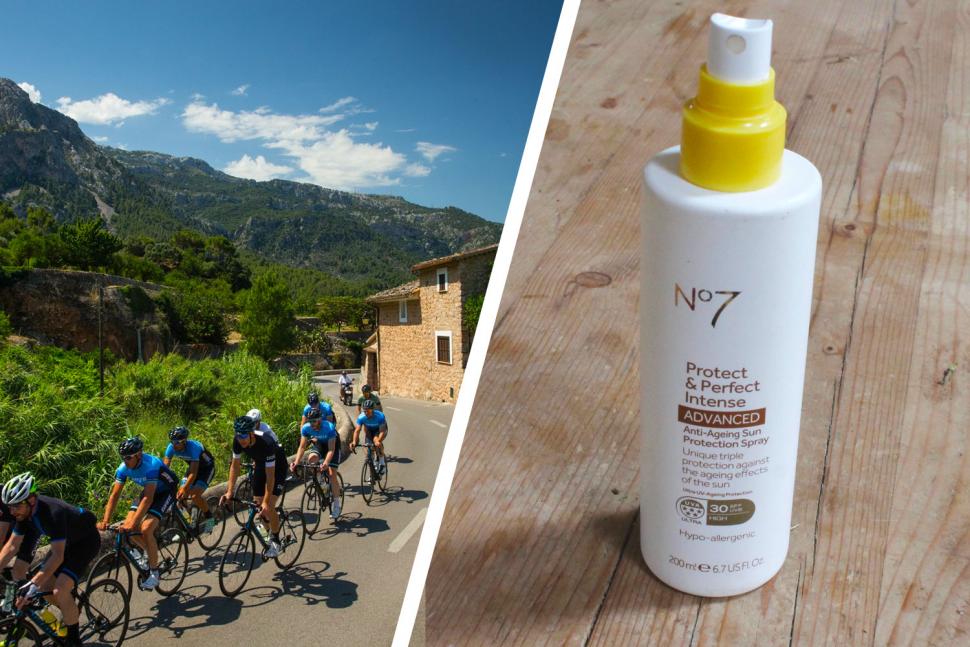 How to protect your skin from the sun March 2019
How to protect your skin from the sun March 2019Cycling sun protection: 5 easy ways to look after your skin on the bike in warm weather
We all love to be out on a bike on a beautiful day, but you need to be careful that exposure to the sun doesn’t result in premature ageing or even skin cancer. Sorry to put a downer on your fun. The good news is that protecting yourself is pretty straightforward.
5 easy ways to protect yourself from the summer sun
- Cover up with high-SPF clothing
- Wear a hat with a peak
- Wear sunglasses
- Wear Sunscreen
- Stay out of the sun
Now you might be thinking something along the lines of: “Give it a rest, road.cc! It was snowing last week. I’m going to sun myself as much as I possibly can.”
Okay, but if your skin is fair after a long winter it’s more likely to get burnt, and loads of people head abroad to ride at this time of year – Mallorca, for example, Italy or the Canary Islands – where temperatures are warmer and you’re likely to expose more skin. Protecting your skin isn’t just something you should consider in the heart of summer. Loads of people get burnt at this time of year.
Western culture loves a tan and in cycling we have our own specific variety. Your archetypal cyclist’s tan comprises legs that are as close to creosote coloured as possible between the shorts and sock lines and similarly dark arms from the wrists to the ends of the jersey sleeves. Then there’s the tanned face with pale areas where the sunglasses and helmet straps have been.
It’s not so common any more but back in ye olden dayes you could get a tanned circle on the back of you hands that showed the gap left by your track mitts too.
Lots of people love their cyclist’s tan. The (hopefully satirical) Velominati rules even state: “Tan lines should be cultivated and kept razor sharp.”
That’s all very well, but over-exposure to the sun can lead to skin problems later in life including skin cancer which can kill, as well as premature ageing.
According to the British Association of Dermatologists, “The dark pigment that gives the skin its natural colour is called melanin. Melanin is made in the skin by pigment cells called melanocytes. After our skin has been exposed to sunlight the melanocytes produce more melanin in an attempt to absorb further UV radiation, and so the skin becomes darker. A tan is actually a sign that the skin has been damaged and is trying to protect itself.”
So that’s us told.
“More than 100,000 new cases of skin cancer are diagnosed annually in the UK, and while the disease can also occur on parts of the body not exposed to sunlight, extensive sun exposure is thought to be responsible for the vast majority of cases,” says the British Association of Dermatologists. “In more than four out of five cases skin cancer is a preventable disease.”
You might point out that Great-Uncle Albert rode his bike for two hours a day his whole life without even thinking about protecting himself from the sun, and he lived to be 150. Cool, but many cyclists do get serious problems and you can take action to help ensure you're not one of them.
As a cyclist you're outside for extended periods of time on a regular basis, and cool air blowing over your skin as you ride means you might not realise the intensity of the sun. Plus, sweat can sometimes wash away any sunscreen you’ve applied, so what can you do to look after yourself?
“People often make the mistake of thinking that the sun in the UK isn’t strong enough to cause harm,” says Lisa Bickerstaffe, spokesperson for the British Skin Foundation. “This is not true. Never underestimate it and always follow sun safety procedures.”
First of all, no one is suggesting that you curtail your cycling.
“Cycling is a great way to stay physically active, which can reduce the risk of breast and bowel cancer,” says Emma Shields of Cancer Research UK. “Plus it can help you keep a healthy weight, which also reduces the risk of cancer.”
Get out there and enjoy yourself, but take measures to reduce the risk of damage to your skin.
“During British Summer Time, the sun’s UV rays are strongest between 11am and 3pm so, where possible, think about going for a ride before 11am or after 3pm, when the sun isn’t as strong,” says Emma Shields. “When stopping for breaks, remember to seek out some cool shade to avoid too much sun. The best way to help protect yourself when the sun is strong is with a combination of shade, clothing, and sunscreen.”
Cover up with high-SPF clothing
Short of going mountain biking in a forest, you can’t realistically stick to the shade the whole time you’re riding, so using clothing to cover up is key.
“Aim for clothes with a close weave; try holding up the material to check you can’t see through the fabric,” says Emma Shields.
You might remember four-time Tour de France winner Chris Froome getting badly burnt on his back through a mesh jersey a few years ago. Youch! It's certainly a danger, especially with lightweight fabrics designed to be highly breathable.
Manufacturers sometimes give a UPF rating for their summer clothes. UPF stands for ‘ultraviolet protection factor’. A UPF rating of 50 means that only 1/50th (2%) of UV (ultraviolet) radiation can get through the fabric.
Castelli, for example, offers UPF 50+ Light Arm Sleeves and Leg Sleeves.
“We can officially only rate these warmers at UPF 50+, but in our laboratory tests they actually blocked 99.8% of damaging UV rays,” says Castelli.
Rapha's Pro Team Arm Screens have an SPF rating of 40 and are for "riders looking for protection from the sun in warm to hot climates."
Endura gives a UPF rating for lots of its summer clothing. It says that its Translite short sleeve base layer offers UPF 25+, for instance...
...its Pro SL Lite Jersey is UPF 25...
...and the Pro SL bibshorts provide UPF 50.
dhb’s Blok short sleeve jersey has a UPF 30+ rating while the main body of its Aeron 2.0 bib short is UPF 40+.
There are plenty more UPF rated options out there if you look for them. The best way to find out about the protection on offer is to go to a brand’s website and tap ‘UPF’ into the search bar.
Check out our pick of the best summer jerseys
Wear a hat with a peak
When considering how to cover up, don’t forget your head and neck, particularly if you’re bald or have close-cropped hair. Apart from the health implications, you really don’t want to rock up at work on Monday morning with patches of burnt skin that match the pattern of your helmet vents. It’s not a good look. You can wear something like a Buff under your lid to provide protection against the sun, or go for a cap.
Giro, for instance, offers the lightweight SPF Ultralight Cap with an SPF rating of 30, and the SPF Ultralight Skullcap brimless version too. SPF stands for ‘sun protection factor’. If you burn in 10 minutes without it on, while wearing something with an SPF 30 rating you should be protected from sunburn for 30 x 10 minutes – so 300 minutes.
Read our review of the Giro SPF Ultralight Cap here
It’s more of a mountain bike style, but a helmet with a peak/visor will also help.
Check out our helmet reviews here
Wear sunglasses
Make sure that you wear sunglasses. Chances are that you use glasses on the bike anyway to protect your eyes from the wind, insects and anything that pings up from the road, and they’ll also prevent damage from the sun’s UV rays. Repeated exposure to the sun can result in cataracts (an estimated 20% of cases are caused by extended UV exposure), macular degeneration and pterygium (a tissue growth over the white part of the surface of the eye), among other issues.
Check out our pick of the best cycling sunglasses
Wear sunscreen
What about sunscreen? Most of us use it at least occasionally while cycling for protection against UV rays.
“Even when it isn’t sunny, it’s worth protecting your skin with SPF as UVA rays can penetrate the clouds year-round,” says British Skin Foundation spokesperson Lisa Bickerstaffe.
UVA affects the elastin in the skin and leads to wrinkles and sun-induced skin ageing as well as skin cancer. UVB, on the other hand, is the form of UV irradiation most responsible for sunburn and has strong links to malignant melanoma and basal cell carcinoma risk – types of skin cancer. A sunscreen with a high SPF will help block UVB rays and prevent the skin from burning and so reduce the possibility of skin cancer.
Emma Shields of Cancer Research UK adds, “Many people think sunscreen is foolproof but it should only be used as the last line of defence on the places you can’t cover with clothes.
“Sunscreens with SPF 15 should provide enough protection, when used properly, wherever you are in the world. Sunscreens with higher SPF don’t provide a lot of extra protection and can lure people into thinking they can stay out in the sun for longer. The most important thing is to remember to apply it generously and regularly, especially if you’re sweating. And even ‘once a day’ sunscreen needs to be reapplied regularly.”
That means that if you're going on a longer ride, you need to take some sunscreen along with you. If you don't fancy carrying a bottle, look for sunscreen sachets. They weigh just a few grams and take up hardly any space in a pocket or saddle pack. Sling a few in with your multi-tool and spare inner tube for emergencies.
The SPF advice from Lisa Bickerstaffe of the British Skin Foundation is slightly different: “When choosing a sunscreen look for a high protection SPF (SPF 30 or more) to protect against UVB, and the UVA circle logo and/or four or five UVA stars to protect against UVA.”
UVA stars? It’s a system that indicates the percentage of UVA radiation absorbed by the sunscreen in comparison to UVB – in other words, it’s the ratio between the level of UVA protection and the level of UVB protection. A product can have anything from no stars to five stars.
It’s worth remembering that if you choose a sunscreen with a low SPF it may still have a high number of stars, not because it provides lots of UVA protection but because the levels of UVA and UVB protection are about the same.
“Be sure to apply sunscreen around 20-30 minutes before going outside and remember to reapply at least every two hours, preferably more often if you’re sweating a lot,” says Lisa Bickerstaffe of the British Skin Foundation. “Make sure you use enough cream to get the factor stated on the bottle.
“Be sure to apply sunscreen to often-missed places such as the tip of the nose, the ears, hairline and scalp. Also don’t forget the legs. Sometime the back of the legs can be overlooked.”
A dermatologist local to road.cc told us that the calves are a particular problem area for cyclists because they always seem to catch the sun.
“People with fair complexions or skin that burns more easily, those who have red or fair hair or lots of moles or freckles are at a higher risk of skin cancer than others and need to be particularly careful,” says Emma Shields from Cancer Research UK. “You are the best judge of how your skin reacts in the sun and the more easily you get sunburnt, the more careful you should be.”
Stay out of the sun
We're not saying you should totally avoid riding in the sunshine, but pick your time of day: early mornings and late evenings are better than the middle of the day. If at all possible, avoid the period between 11:00 and 15:00 BST, when the sun is overhead and at its most intense.
If you are out on a ride at this time of day, it's when you're most likely to make a cafe stop. Resist the temptation to bask like a lizard in the sun; sit in the shade instead.
Summer also gives you the option o very early morning and late evening rides. Not only will you avoid skin damage, but you'll have the roads almost to yourself especially if you make it a very early start.
In brief
What can we take away from all that? Here's the most important advice to protect yourself from the sun:
• Cover up with clothing as your first line of defence.
• Apply sunscreen 20-30 minutes before your ride, even when it's not sunny.
• Reapply sunscreen at least every two hours.
• Wear a hat, preferable with a peak
• Wear sunglasses
• Sit in the shade at any mid-ride café stops.
Every year on the first sunny day of spring thousands of cyclists (including us) learn the hard way that sun can burn you even on a warm day in April …so every year we update and run this feature. Let us know your top hot weather cycling tips in the comments.
Mat has been in cycling media since 1996, on titles including BikeRadar, Total Bike, Total Mountain Bike, What Mountain Bike and Mountain Biking UK, and he has been editor of 220 Triathlon and Cycling Plus. Mat has been road.cc technical editor for over a decade, testing bikes, fettling the latest kit, and trying out the most up-to-the-minute clothing. He has won his category in Ironman UK 70.3 and finished on the podium in both marathons he has run. Mat is a Cambridge graduate who did a post-grad in magazine journalism, and he is a winner of the Cycling Media Award for Specialist Online Writer. Now over 50, he's riding road and gravel bikes most days for fun and fitness rather than training for competitions.
Latest Comments
- Gus T 31 min 15 sec ago
Don't forget that the Tariffs will still apply to the imported raw materials and parts so are of no benefit to the US consumer. Americas burns...
- Gus T 39 min 7 sec ago
My wife & I visited Bristol for the 1st time a couple of weeks ago, I was amazed at the congestion caused by the number of single occupancy...
- mctrials23 1 hour 8 min ago
And this is why things like Netflix took off. Because the younger generation couldn't quite fathom how you could be paying £100/month for your sky...
- hawkinspeter 1 hour 18 min ago
https://www.bristolpost.co.uk/news/bristol-news/live-bus-crashes-bridge-bristol-10103689 That bridge really needs some hi-viz
- hawkinspeter 1 hour 20 min ago
Another piece by Faduma Farah: https://www.bristolpost.co.uk/news/news-opinion/why-ive-been-standing-way-10099623
- Rendel Harris 1 hour 43 min ago
"However, one passenger on the bus at the time of the collision, Victoria Lester, who was sitting "right behind the bus doors" reported Lucas's...
- galibiervelo 2 hours 52 min ago
Fantastic event. Amazing champion and last hour wassuper to watch, bar the bottle throw
- David9694 12 hours 57 min ago
+1 on saddle height and also check your lateral alignment - everything should be straight and aligned. My bike fit years ago moved my feet to the...
- froze 13 hours 1 min ago
Everything Lezyne sells are really good, especially their pumps, and the Torque Drive. ...

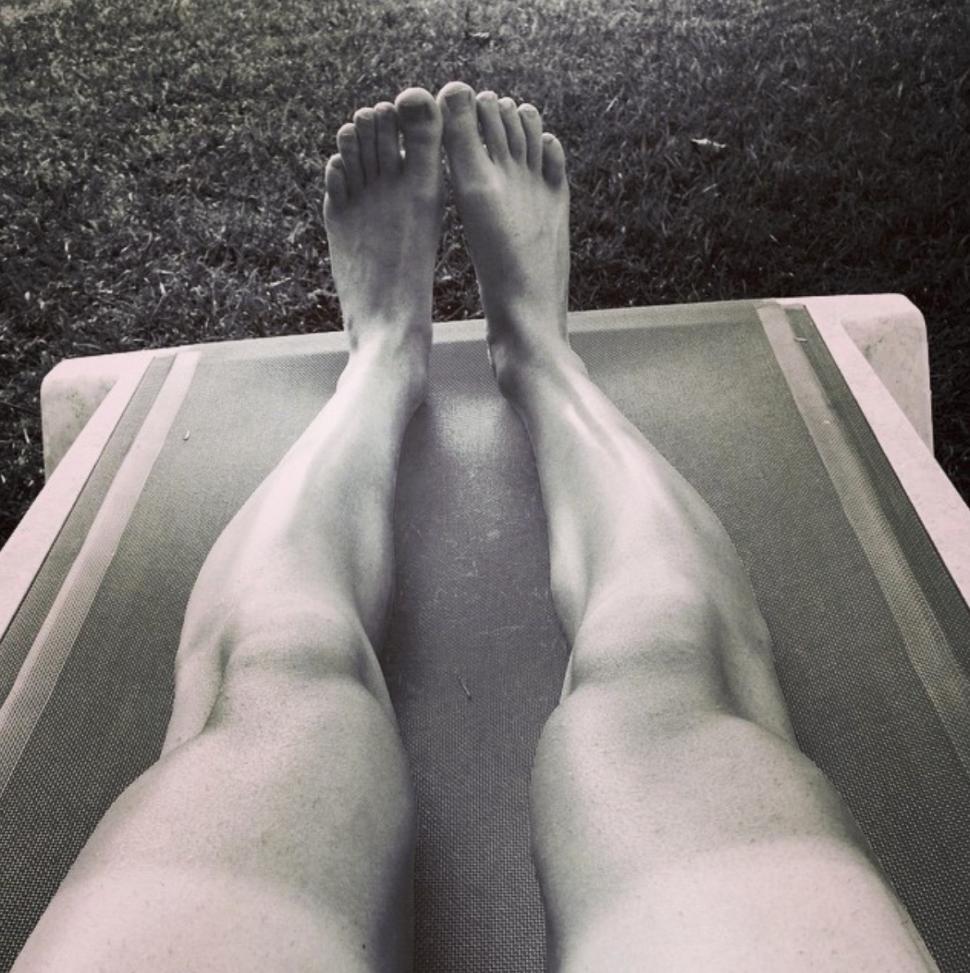
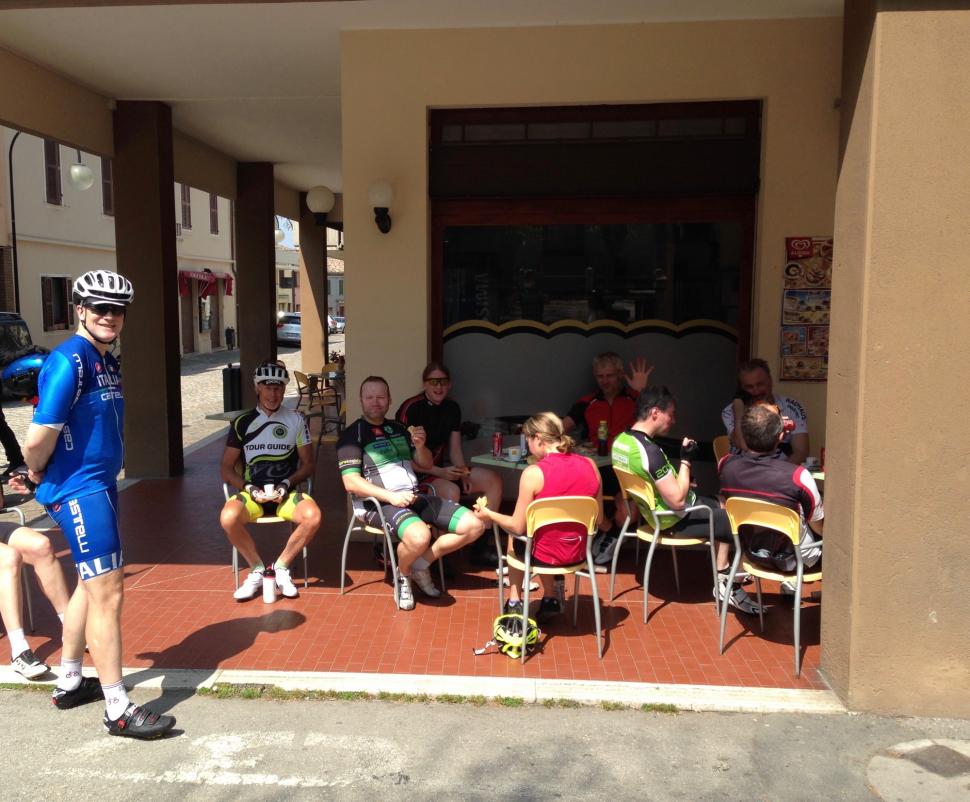
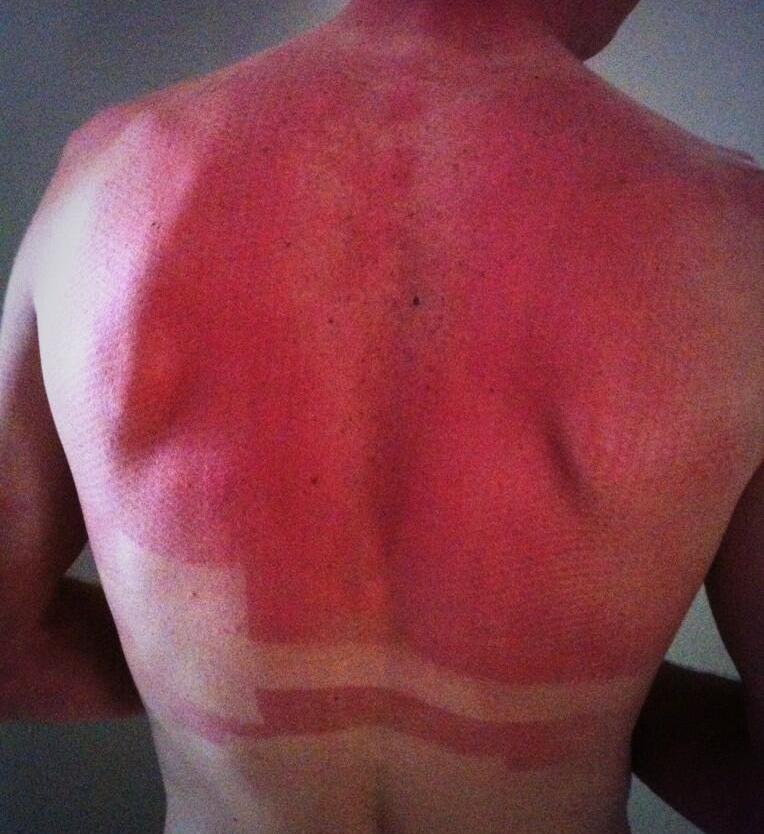

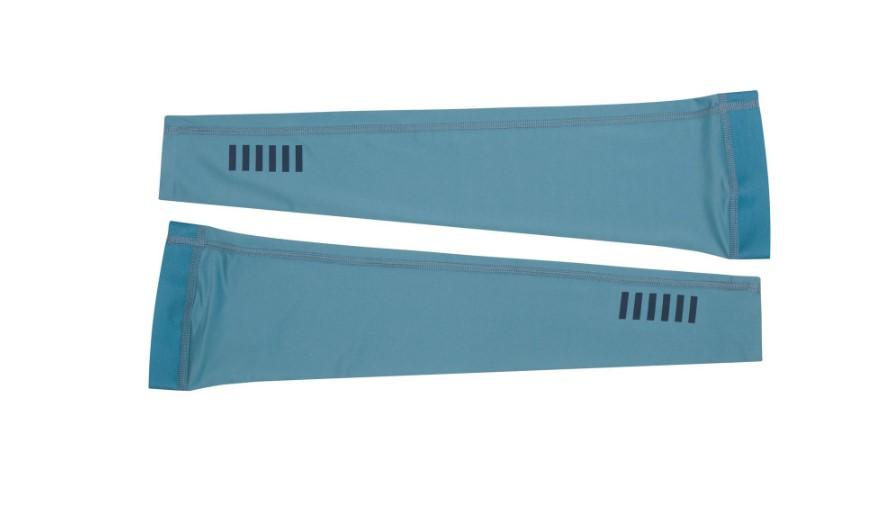





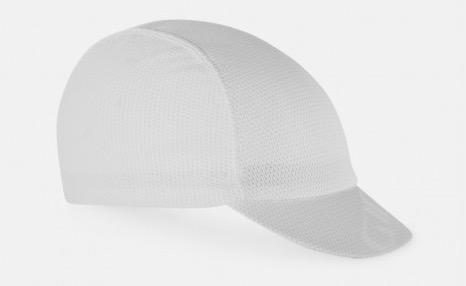
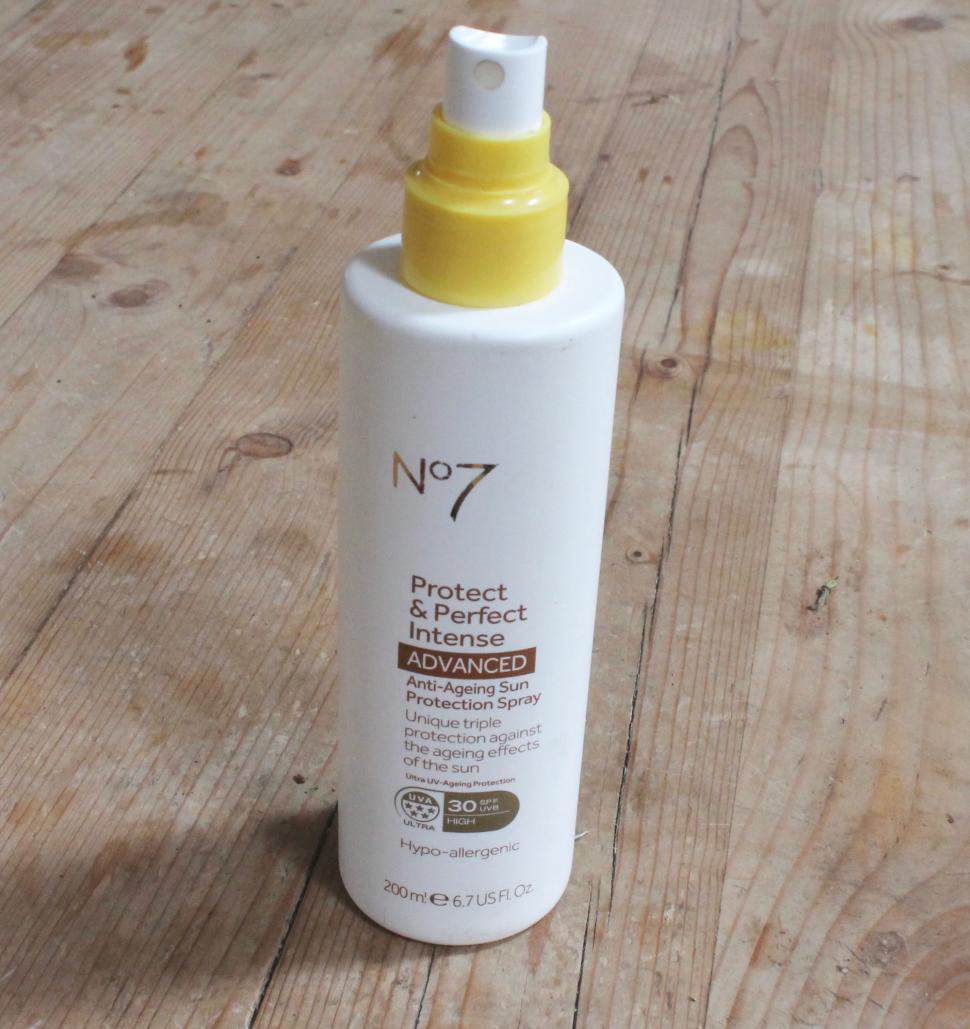


Add new comment
7 comments
As someone who got skin cancer at 31 and has a lovely hole in their calf to show for it, please please take your skin care seriously.
Cover up, use sun cream, check your moles. Stay safe and ensure you have plenty more years of healthy cycling!
My biggest annoyance is getting suncream smeared on my glasses so I try to keep a wet wipe handy in a zip lock bag just in case.
Cycling garb seems totally inappropriate for cycling under the sun. I prefer a loose fitting long sleeved shirt with a fold-up high collar. The long sleeves and collar shields me from the sun, and the breeze blowing under the loose fabric keeps me cool by evaporating sweat direct from the skin's surface.
Whereas all they seem to sell is tight fitting with no collar.
move to scotland...
"even ‘once a day’ sunscreen needs to be reapplied regularly.”
I'm not necessarily gain-saying this, I'm sure it's good advice for sun-safety and that simply "not getting sunburnt" is not necessarily the right benchmark. But, speaking as someone who burns *very* easily, and who seems to be able to sweat traditional suncream off in no time, I find P20 a game changer - I have spent a number of 12+ hour days out on sunny audaxes with one application without burning.
Ditto, used P20, used Calypso Once-a-Day (the bottle doesn't leak, unlike P20) both in SPF30. Cycle all day in the South of France with one application. I see others regularly reapplying lesser formulations and getting burnt.
I see Calypso have come out with a formulation for a balding scalp. I don't suppose they will be calling it Calypso Bonce-a-Day?
Used to use P20 myself, it's great for longer rides, only problem I found with it was that it stained jerseys etc brown on contact. Use Pelotan now, same kind of all day protection, and smells like pina colada when you spray it on. Haven't had any brown stains as yet (not on jerseys anyway).
a tip I was given for carrying sunscreen and reapplying when out for the day, put suncream into a small plastic sandwich bag, when needed, turn the bag inside out and wear like a glove and apply where required, then turn back the original way to put it back in your pocket, thanks SVB